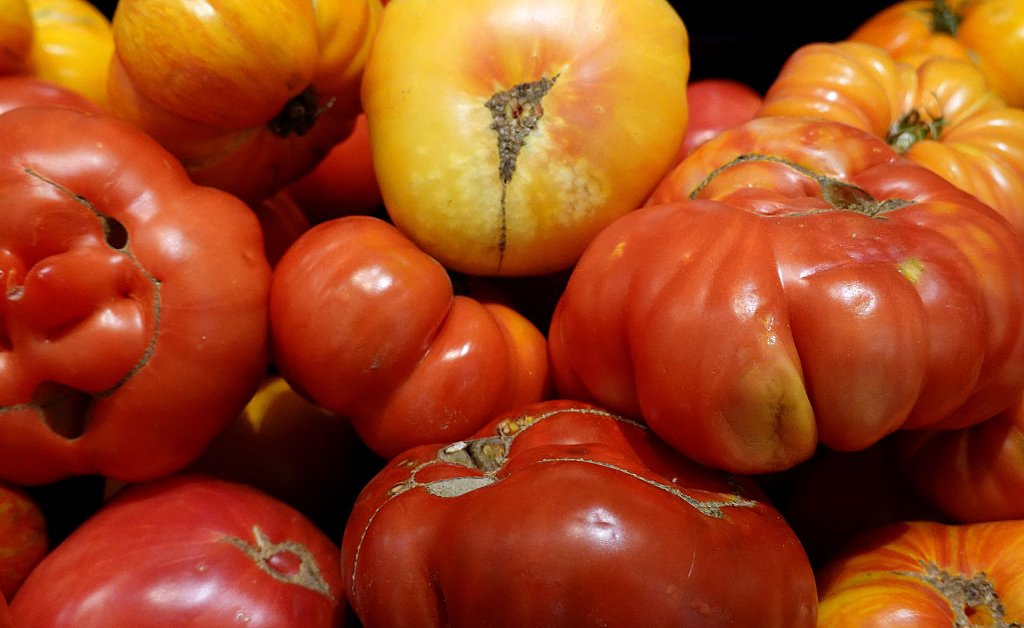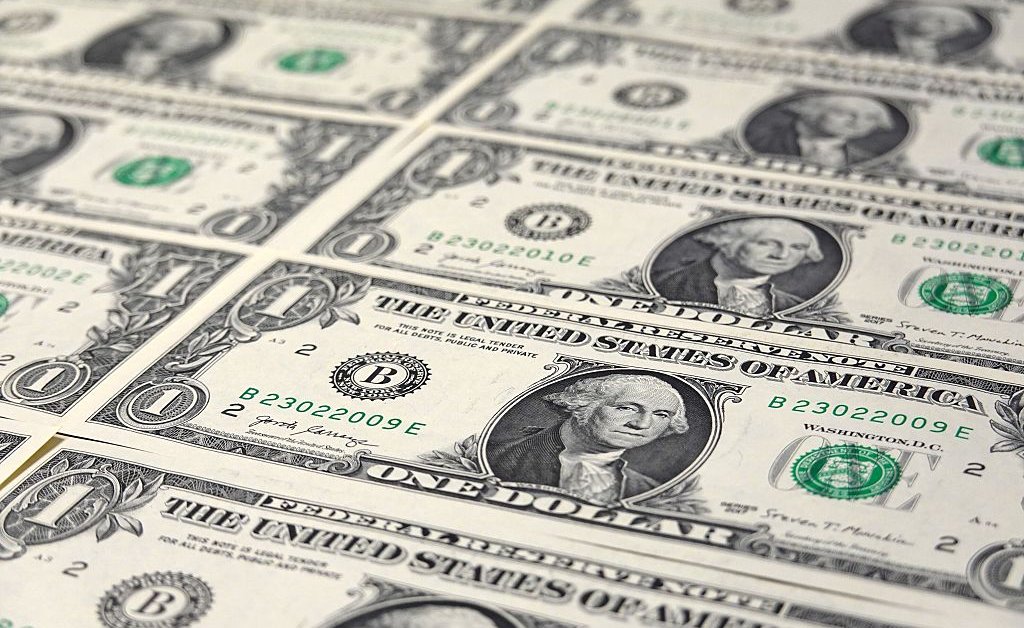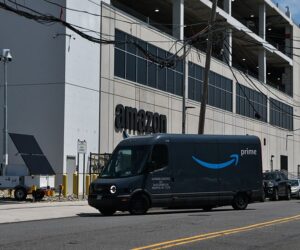Food prices have been quickly climbing for years now, and now there’s another staple that could see prices soon shoot up: tomatoes.
Mexican tomatoes are immediately being slapped with a 17% tariff, the U.S. Dept. of Commerce said on July 14, announcing it was withdrawing from a 2019 agreement that suspended tariffs on tomatoes imported from Mexico.
That could affect a lot of grocery store tomatoes. Although the fruit—or vegetable, depending on who you ask—is also grown in Florida, about 70% of fresh tomatoes consumed in the U.S. come from Mexico, says David Ortega, a food economist at Michigan State University.
Although the price of a bunch of tomatoes may only increase by a few dozen cents, the increase comes at a time when consumers are already sick of inflation, and when tariffs threatened by the Trump Administration could further drive up prices, he says.
“This is one of the most widely consumed fruits or vegetables in the U.S., and it’s important to put it in the context of consumers’ experience with food prices over the past few years,” Ortega says. “They’re stretched thin, and even a few cents adds up, especially for low-income households.”
Why tomato prices are rising
The spat between Mexican and U.S. farmers has a long history. In 1996, U.S. farmers complained to a trade court that Mexican farmers were “dumping” tomatoes, meaning they were selling tomatoes to the U.S. at an artificially low price.
In response to the complaint, Mexican farmers agreed to set a floor price on tomatoes in an effort to ensure that U.S. farmers were not being undercut. In exchange, the U.S. paused an investigation into whether Mexican farmers were unfairly dumping tomatoes in the U.S. market.
The U.S. and Mexico have come to new agreements about the floor price for tomatoes four times since then, but farmers have complained that Mexico is still engaging in unfair trade practices. The market share of U.S. tomatoes has dropped to 30% from 80% since 1996, according to the Florida Farm Bureau, while Mexican tomato imports have increased 400%.
Read More: The 9 Most Underrated Healthy Foods
The Commerce Department first announced in April that it was withdrawing from the truce, which was called the Tomato Suspension Agreement, but said at the time that the tariffs on Mexico tomato imports would be 20.9%. That tariff was slightly reduced in Commerce Secretary Howard Lutnick’s July 14 announcement formalizing the plans to withdraw. “For far too long our farmers have been crushed by unfair trade practices that undercut pricing on produce like tomatoes,” he said. “That ends today.”
U.S. consumers may not see the effect of the new tariffs until the fall, says Ortega, because tomatoes are currently in season in the U.S. We rely on imported tomatoes more heavily in the winter.
Why other food prices are going up, too
The levying of tomato tariffs came a day before new government inflation data showed that food prices were continuing to rise. The Consumer Price Index, or CPI, showed that prices of beef and veal were up 10.6% in June from a year ago, that egg prices were up 27.3% and that coffee prices were up 13.4%. Overall, inflation rose 2.7% from a year ago.
The rising prices of beef, eggs, and coffee are not directly related to tariffs, says Ortega. The price of beef is going up because a 2022 drought made it too expensive for farmers to keep livestock, and now the cattle inventory in the U.S. is extremely low. Americans still demand beef, though, so low supply and high demand is causing prices to surge.
Egg prices increased from a year ago because of avian flu, although their price actually fell from a month ago. And coffee prices are climbing because climate change has affected crops in places like Brazil and Vietnam, Ortega says.
Read More: Food Dyes Are Lurking in Surprising Places
Still, tariffs aren’t helping: U.S. producers depend on certain types of lean beef from Brazil to make ground beef, for instance, Ortega says, and the 10% tariff on almost all food imports is making that more expensive.
Those 10% tariffs are affecting other food products as well.
“This marks the first inflation report where tariffs are beginning to show up materially in key categories—from appliances and furnishings to apparel and groceries,” said Daniel Hornung, senior fellow at MIT, about the CPI report.
It is unlikely to be the last, he says, since businesses are working through their pre-tariff inventories and will likely be forced to pass price increases along to consumers soon.
Not to mention the giant tariffs that the Trump Administration has pledged to levy on some of the places we get a lot of our food, says Ortega. Trump recently threatened Brazil with 50% tariffs. If they go into effect Aug. 1 as currently planned, they will drive up the price of beef, oranges, orange juice, and more.
Many of those imports from Brazil can’t easily be replaced by U.S. goods. Florida orange crops, for instance, have been heavily affected by citrus greening, which is a tree disease, and by devastating hurricanes.
“If these tariffs remain in place,” Ortega says, “they will have a notable impact on food prices.”








